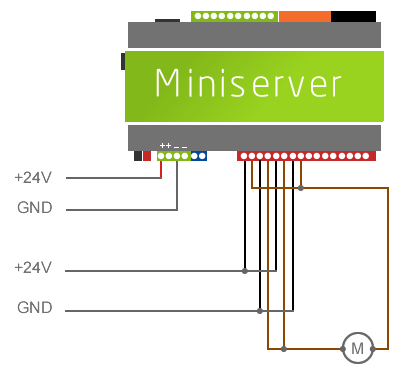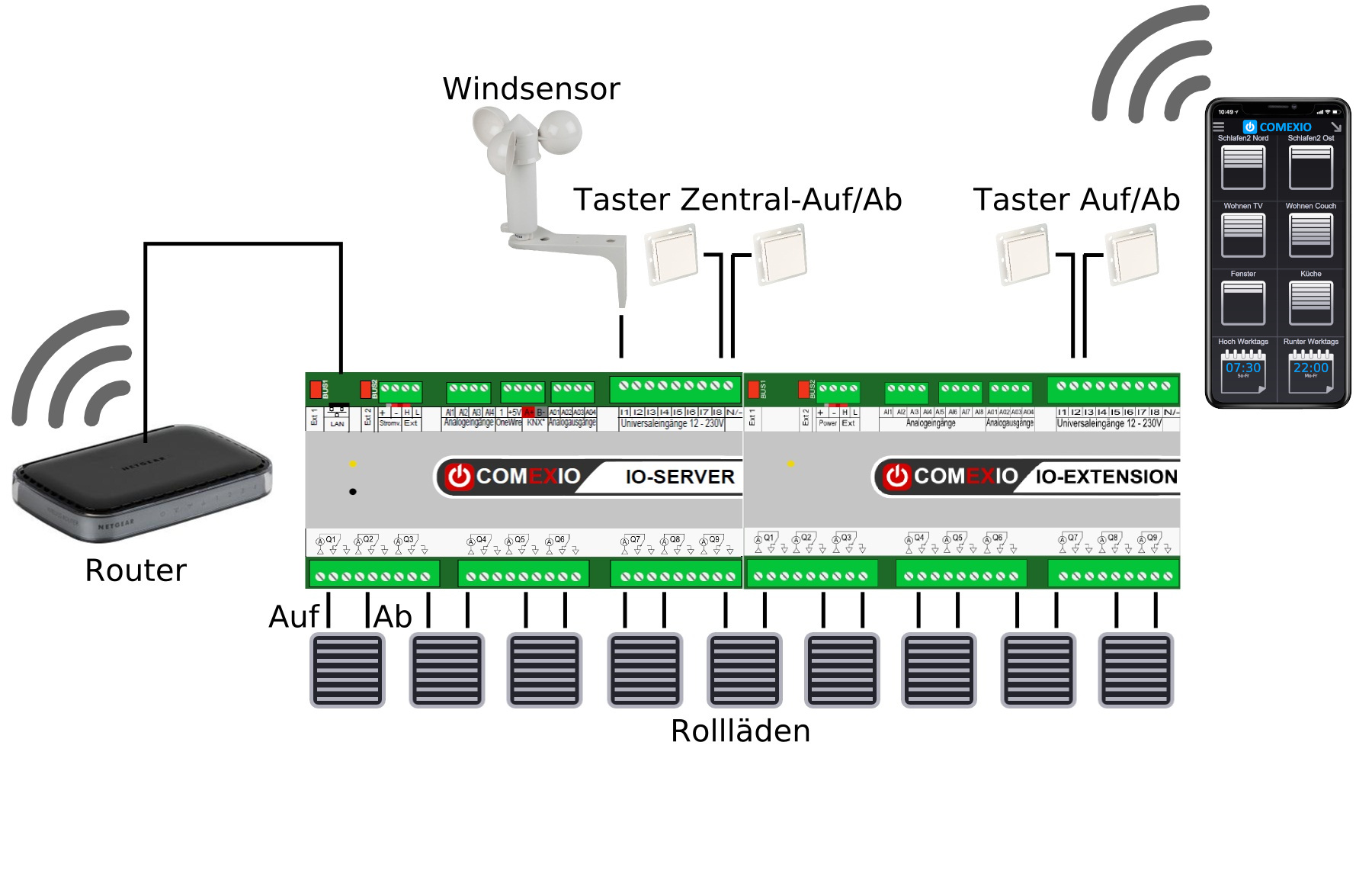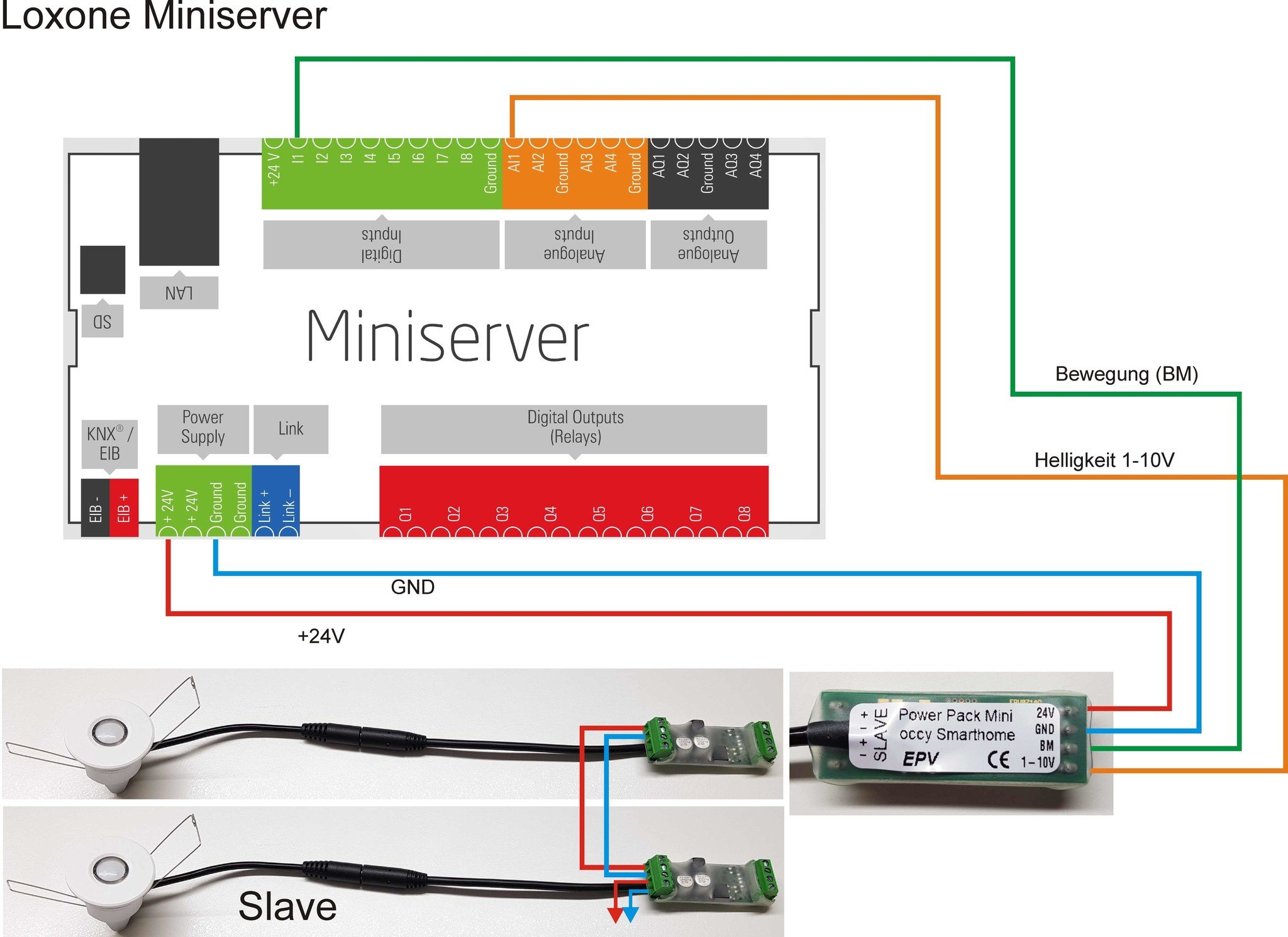

- #Loxone knx jalousie serial number#
- #Loxone knx jalousie manual#
- #Loxone knx jalousie password#
- #Loxone knx jalousie mac#

is a host name or IP of the Miniserver.and are the credentials used to log into the Miniserver.
#Loxone knx jalousie mac#
#Loxone knx jalousie manual#
# Manual configurationĪs an alternative to the automatic discovery process, Miniservers can be configured manually, through an entry in. Please set them manually in Thing configuration after you add a new Miniserver Thing from your Inbox.
#Loxone knx jalousie password#
Discovery (opens new window) is performed using UPnP (opens new window) protocol.īefore a Miniserver Thing can go online, it must be configured with a user name and a password of an account available on the Miniserver. Loxone Miniservers (opens new window) are automatically discovered by the binding and put in the Inbox.
#Loxone knx jalousie serial number#
The Thing UID of automatically discovered Miniservers is: loxone:miniserver:, where is a serial number of the Miniserver (effectively this is the MAC address of its network interface). This binding supports Loxone Miniservers (opens new window) for accessing controls that are configured in their UI. Command encryption and response decryption.Hash-based and token-based authentication methods.Passing channel commands to the Miniserver's controls.Updates of openHAB channel's state in runtime according to control's state changes on the Miniserver.Management of a Websocket connection to the Miniserver and updating Thing status accordingly.Tagging of channels and items (opens new window) with tags that can be recognized by Alexa (opens new window) openHAB skill (opens new window), so voice can be used to command Loxone controls.Creation of channels for Loxone controls that are exposed in the Loxone UI (opens new window).Discovery (opens new window) of Miniservers available on the local network.The following features are currently supported: Miniserver controls, that are visible in the Loxone UI (opens new window), are exposed as openHAB channels. Miniserver is represented as a Thing (opens new window). This has been a difficult project which I never expected to have to do myself.This binding integrates Loxone Miniserver (opens new window) with openHAB (opens new window). I appreciate everyone's help from the forum. We have lived in our house for almost 2 years and we still can't turn on our lights with the app. I know that there are small mistakes being made but without the experience, I don't know where. I terribly frustrated and feel a bit overwhelmed. Loxone always reads the temperature as 5 degrees celsius. I am having problems getting proper temperature values from the integrated thermostats. The data type is set at 9.027 Temperature Sensor, Fahrenheit for each room. In ETS 5, I have configured the four capacitance sensors with individual addresses and the temperature sensor. It doesn't appear that the KNX switches are properly configured in ETS5. In Loxone, I have created an EIB sensor for each temperature KNX device. I am including screenshots of the EIB monitor and of my system. Loxone recognizes the group addresses and shows communication in the EIB monitor. It has been explained that I should stick with Loxone for control and only use ETS5 for KNX configuration. I have even watched German youtube videos with english closed captioning. I have tried to watch or read everything out there. No one on this side of the Atlantic seems to know anything about KNX. I have had to teach myself about KNX, ETS 5 and Loxone and was able to get some of the switches working.

He closed his business and did not complete the installation. However, before the installation was completed, my installer was diagnosed with a brain tumor. Three years ago I purchased a Loxone home automation system and KNX switches. I have installed KNX Sentido capacitance switches with integrated temperature.


 0 kommentar(er)
0 kommentar(er)
